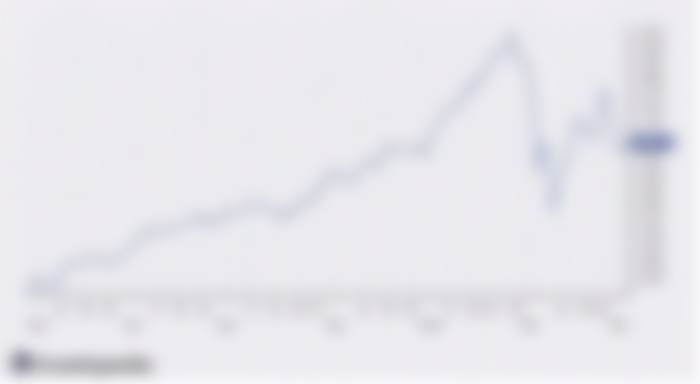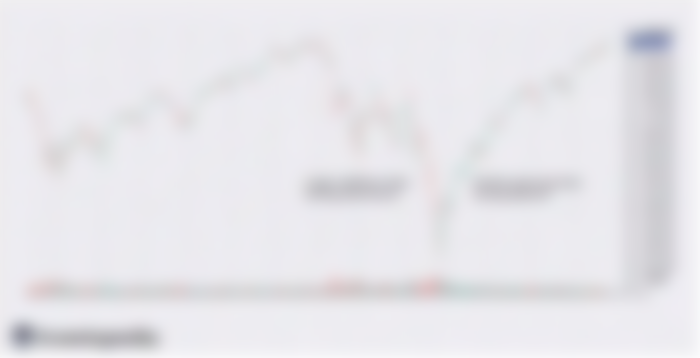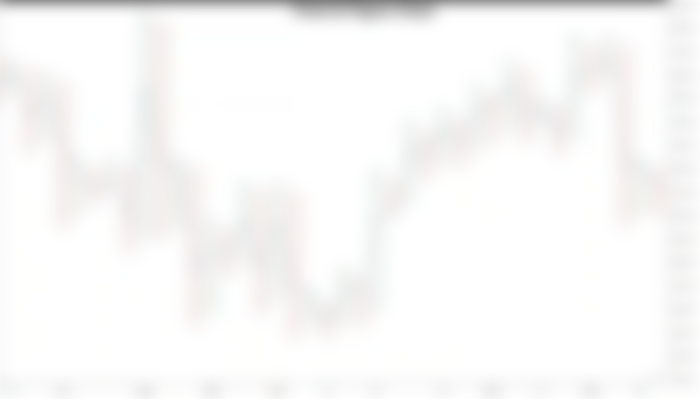Gaining Insights into Market Trends through Charts
The saying "A picture is worth a thousand words" is especially true when it comes to charts. Don't let the term "Head and Shoulder pattern" bring to mind shampoo commercials. In reality, this pattern plays a role as a chart pattern indicating trend reversals. The presence of chart patterns provides clues about shifts in market direction. Traders have honed their skills over time in understanding these patterns and utilizing the insights they offer.
By examining the patterns displayed on charts you can anticipate the likely direction of trading pairs - whether they will move sideways, rise, or fall. This analytical approach known as Technical Analysis forms the foundation for making trading decisions. Mastering Technical Analysis is crucial for navigating the trading landscape successfully; it is an essential skill for traders aiming for success.
While you may be familiar with bar charts if you are new to trading you might not have delved into the other charts like point and figure charts. There are four types of charts; Line Charts, Bar Charts, Candlestick Charts, and Point and Figure Charts (P&F Charts). Among them, bar charts, candlestick charts, and P&F charts are highly regarded in analysis. Let's delve deeper into each of them.
Line Charts

Source: Line Chart: Definition, Types, Examples, How To Make in Excel
These charts display a line that connects the closing prices from one period to another. The resulting graph looks like a path. However, line charts exclude information such as opening prices, highs, and lows for each period.
Bar Charts

Source: Bar Chart: Definition, How Analysts Use Them, and Example
Addressing the limitations of line charts bar charts provide insights by showcasing opening, closing, low and high prices for each period. They offer weekly and monthly perspectives and are also known as OHLC (open high low close) bar charts. In a bar chart setup for a trading pair's, price movement over time the top and bottom of the line represent the lowest prices respectively. A small horizontal line on the right indicates the closing price while a line on the left represents the opening price.
Candlestick Charts

Source: Understanding Basic Candlestick Charts
Over time candlestick charts have gained popularity among traders due to their ability to predict trend continuation or reversal, through candlestick patterns. As bar charts mentioned earlier; candlestick charts also show close low high prices.
However, candlestick charts accomplish this efficiently. Candlestick charts reveal the low and close points of a trading pair. This type of chart consists of two components. The "real body" represents the range, between the close prices while the "shadows" depict price movements above and below the body. When the closing price of a trading pair exceeds the opening price the candlestick body appears white indicating a signal. Conversely, if the closing price is lower than the opening price it turns black to represent a sentiment.
Point and Figure Charts (P&F Charts)

Source: Point-and-Figure (P&F) Chart: Definition and How to Use in Trade
Traders sometimes opt for Point and Figure Charts in their technical analysis approach; however it's important to note that these charts do not accurately represent time. Nevertheless, their value lies in filtering out noise and insignificant small price movements. These charts use columns of Xs for movement and Os for movement to plot price changes. A new plot is added when the price surpasses a threshold by a fixed margin. Os appear when there is a predefined shift in currency prices. If there is a change in prices over time no new plot may be added.
In the world of trading these charts provide insights into dynamic market trends. Every candlestick, line, or point carries a story that guides trading strategies. Like brushstrokes come together to create a masterpiece these chart patterns mold the landscape of market trading.
Thank you for reading and hope you have a good rest of the day!
Follow me on these other platforms where I also post my content: Publish0x || Hive || Read.Cash || Noise.App || Twitter|| Torum




Navigating the financial markets is akin to sailing uncharted waters, and just like a skilled captain reads the stars, traders rely on candlestick charts for guidance. Imagine these charts as your treasure map to potential profits.
Candlestick charts, often mystifying to beginners, hold the key to understanding market sentiment. But fear not, fellow traders, deciphering these charts is no more complicated than interpreting the winds or tides on the high seas.
Intrigued? Dive deeper into the art of reading candlestick charts by checking out this informative resource at LiteFinance https://www.litefinance.org/blog/for-beginners/how-to-read-candlestick-chart/. It's your compass to comprehending the nuances of market movements and making well-informed decisions. Much like a sailor learns to trust their instruments, traders who grasp the language of candlestick charts gain an invaluable tool for navigating the complex world of finance. So, set sail on your trading journey, armed with knowledge, and let candlestick charts be your guiding stars.